Oct 28, 2025 10:47 AM
In Memoriam: Jack DeJohnette, 1942–2025
Jack DeJohnette, a bold and resourceful drummer and NEA Jazz Master who forged a unique vocabulary on the kit over his…
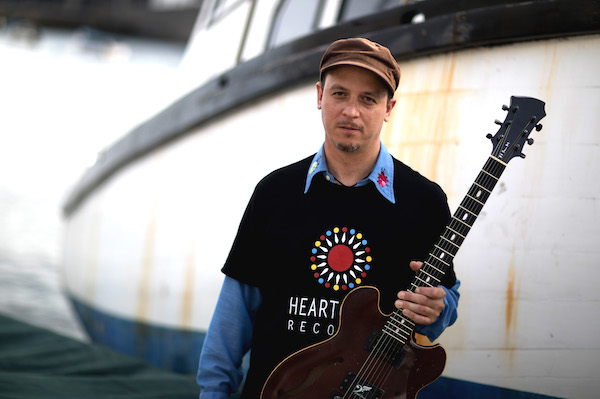
Kurt Rosenwinkel released Angels Around on his own label, Heartcore Records.
(Photo: Renato Nunes)“Usually, everyone plays it how Monk plays it,” Hutchinson said from Rome. “We played it a bunch of times live, and it always had that groove to it, but in the studio we bumped it up a little bit more. And Dario, he’s my Italian brother from another mother. He’s always grooving, man. He sets the tone, and we just fall in.”
That sense of groove is enhanced by Rosenwinkel’s sound. Although the tone of the opening rhythm figure is as straight as anything on Reflections, once he begins to state the melody, everything changes. The guitar’s tone is sweeter, with more brightness and sustain, but what really stands out is the phrasing, which at times swaps the percussiveness of the plectrum for something that sounds closer to the more liquid articulation of bow-on-string. But it’s not one or the other; instead, Rosenwinkel sounds like he’s switching between techniques, as if the melodic line itself chose the means of articulation, instead of the instrument or player.
Rosenwinkel described this shift in technique as “steps towards the way that I really hear the guitar in my mind,” reflecting his frustration with certain aspects of guitar playing, and his determination to overcome them.
He started out as a pianist, and to a certain extent, that shapes his expectations of guitar: “Being a pianist, I’ve always loved, first, having two hands. But also loved having a sustain pedal. But with guitar, unless it’s an open string, your fingers have to remain on the note for it to ring. And once you play the note, if you want to have sustain, you just have to hold it and hope”—he laughed—“that it continues.”
This is where technology comes to the rescue. Although rock and pop guitarists have spent decades using pedals and signal processors to shape their sound, many current jazz guitarists are operating like it’s still 1950. Not Rosenwinkel. “I’ve always been very involved with seeing what’s available to me to broaden the scope of the expression,” he said. “Whether it’s the sustain portion of the note, or the attack/transient portion of the note, or the decay of the note, I’ve done a lot to tailor those different aspects of the sound to the way that I hear it in my mind.
“The first thing I tried to do was to integrate delay, and control the delay with the expression pedal so that I could play a note, then feed it into a delay, release my fingers, and have that note still ringing—and then play another chord, to get a kind of approximation of multi-note voicings, hybrid chords, upper structures, superimpositions and these more complex harmonies that I gravitate to.”
Rosenwinkel also wanted to approximate the way wind players can use their breath to shape the contours of a line, in terms of volume and texture. Obviously, he couldn’t breathe through his guitar, but he could use pedals and electronics to alter the timbre of his sound on the fly. “I can play and sculpt lines in a way where the twists and turns have a certain kind of tactile feeling to them,” he said, “the way that I hear them to be, which is more akin perhaps to saxophone players like Joe Henderson or Charlie Parker. I can create a very big chordal sound, and then at the same time come off with a little ornament or a riff that has a kind of vocal quality or woodwind quality to it.”
Another key ingredient in the sonic stew is Deidda, who is credited with playing bass guitar, but whose contributions sound remarkably like an upright—thanks to his Marcustico bass, built by luthier Joaquín Marco.
“Dario is just really determined to get an experience of the bass that feels like an upright, because that’s the way he feels the music,” Rosenwinkel said. “His bass is acoustic, it has a hollow body, and it has the same kind of bridge as an upright. So, it kind of like looks like an upright, sideways, with a small body. But when he solos, oh, my god—it’s this wonderful double threat. He’s walking like Ray Brown, and then he’s soloing like Clifford Brown.”
The trio took a variety of approaches to the song selection for Angels Around. “Ease It” is a Paul Chambers bop number that comes from his 1959 album, Go. “Jorge Rossi gave me a cassette tape of this album in like 1991, and I fell in love with that album,” Rosenwinkel said. “It’s just a blues.”
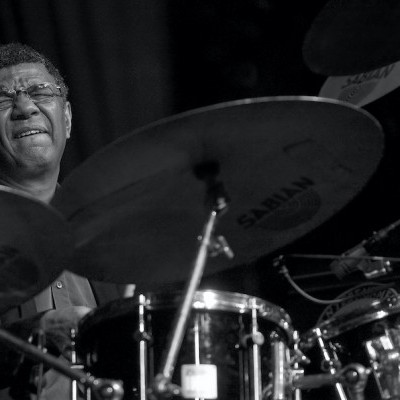
Jack DeJohnette boasted a musical resume that was as long as it was fearsome.
Oct 28, 2025 10:47 AM
Jack DeJohnette, a bold and resourceful drummer and NEA Jazz Master who forged a unique vocabulary on the kit over his…
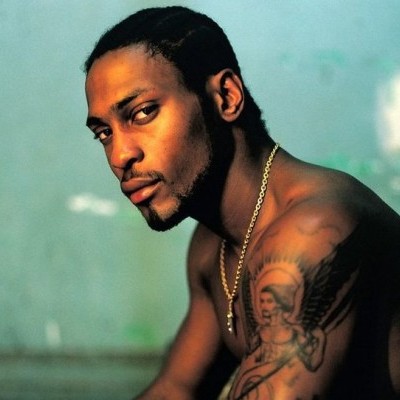
D’Angelo achieved commercial and critical success experimenting with a fusion of jazz, funk, soul, R&B and hip-hop.
Oct 14, 2025 1:47 PM
D’Angelo, a Grammy-winning R&B and neo-soul singer, guitarist and pianist who exerted a profound influence on 21st…
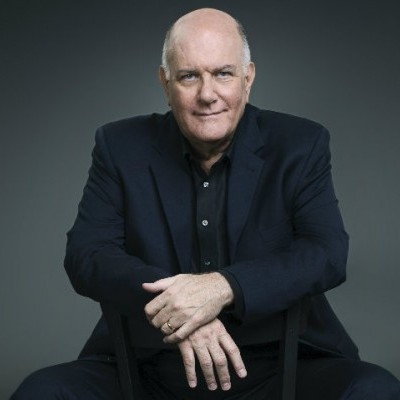
Jim McNeely’s singular body of work had a profound and lasting influence on many of today’s top jazz composers in the U.S. and in Europe.
Oct 7, 2025 3:40 PM
Pianist Jim McNeely, one of the most distinguished large ensemble jazz composers of his generation, died Sept. 26 at…
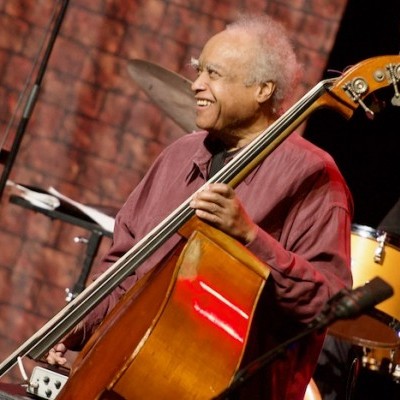
Drummond was cherished by generations of mainstream jazz listeners and bandleaders for his authoritative tonal presence, a defining quality of his style most apparent when he played his instrument unamplified.
Nov 4, 2025 11:39 AM
Ray Drummond, a first-call bassist who appeared on hundreds of albums as a sideman for some of the top names in jazz…

To see the complete list of nominations for the 2026 Grammy Awards, go to grammy.com.
Nov 11, 2025 12:35 PM
The nominations for the 2026 Grammy Awards are in, with plenty to smile about for the worlds of jazz, blues and beyond.…